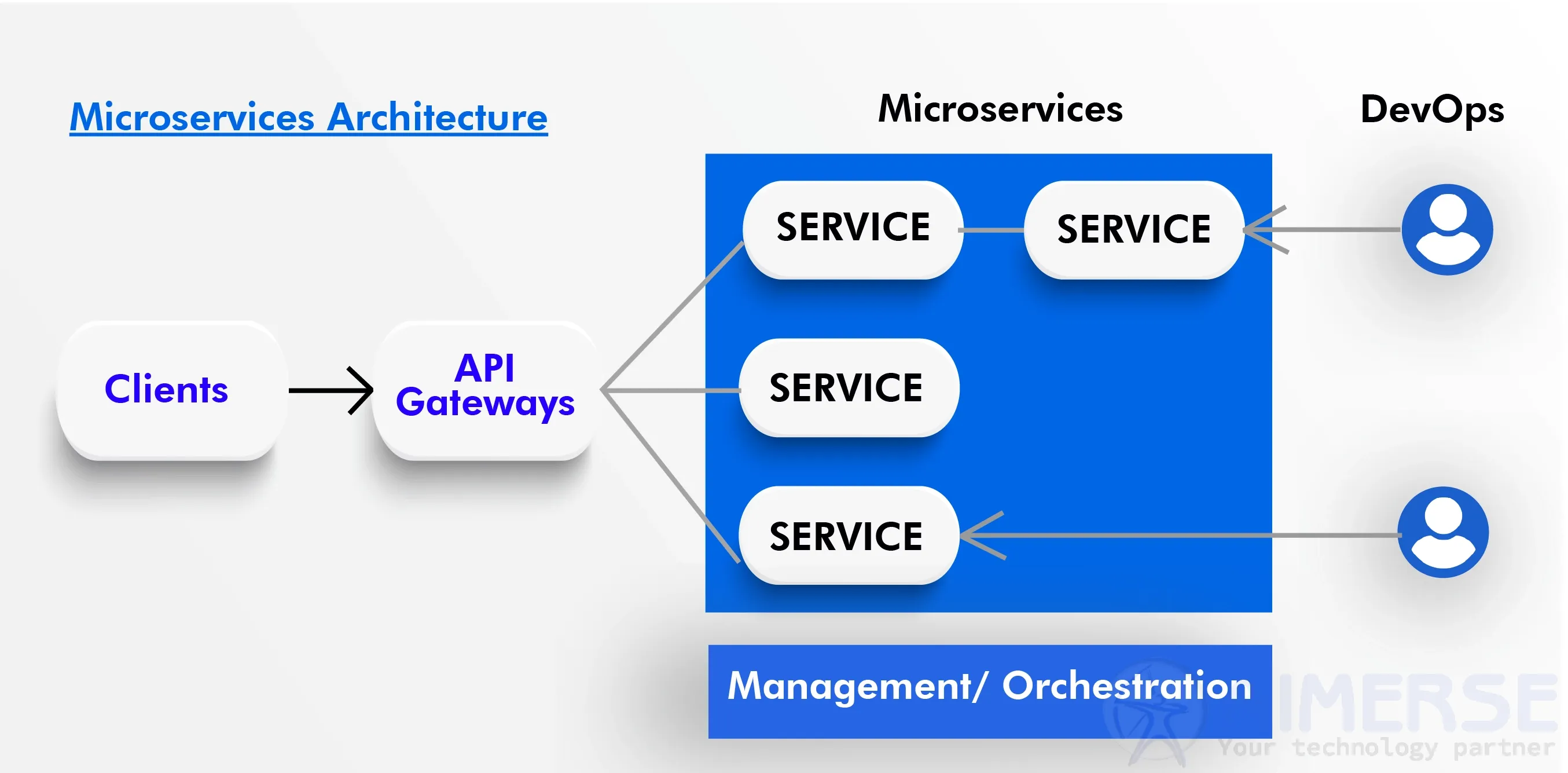Microservices Architecture: Developing Resilient and Modular Systems.
In this dynamic environment of software development, organizations try to build flexible systems, which can adapt to varying demands in such a system. Microservices architecture comes as a prominent way to help in the development of modular systems, which provide flexibility, scalability, and fault tolerance.
Understanding Microservices Architecture
It is like breaking one large, monolithic application into many small independent services that constitute the Microservices Architecture. Each little service is responsible for a specific functionality. The modular approach makes it possible for teams to develop, deploy, and scale independently toward better agility in development.
Benefits of Microservices Architecture
-
Enhanced Scalability
- Microservices can be scaled differently on demand at their system so that every resource will be utilized optimally and provide good performance.
-
Flexibility and Agility
- The development of services is independent, allowing the same for independent deployment, and this helps in speeding up the iteration and adaptation towards changing business requirements.
-
About Fault Isolation
- Errors in one service are contained so that other services do not get affected and the overall system stability improves.
-
About Technology Diversity
- Teams can pick the best technology stack that is suitable for each service. Innovation and efficiency are also encouraged.
Challenges of Microservices Architecture
Microservices have many advantages but, at the same time, they offer a few complexities:
- Higher-order Complexity: It is very hard to track the interaction between many distributed services. Robust tools to orchestrate and keep monitoring are required.
- Data Management: Proper planning and proper implementation of distributed data management strategies should be there to ensure that all data remains uniform across services.
- Deployment Overheads: This increases operational overheads because one continuous integration and deployment pipeline is required for every service.
Best Practices of Microservices Architecture
The best practices for the use of a microservices architecture are mentioned below:
- Domain-Driven Design: Such services must be aligned with business domains, which would further help define clear boundaries and responsibilities.
- Automated Testing and Deployment: It should ensure continuous integration and deployment pipelines so that the code quality is ensured but also fast releases are provided.
- Monitoring: All-inclusive monitoring and logging should be used for better visibility of the service performance, and then quick fixes are done in case of any problems.
Conclusion
Aimerse Technologies specializes in designing scalable and modular software solutions that are tailor-made for your business. You might want to migrate from monolithic architecture or start a new system from scratch in microservices-based. Our team of expert developers has hands-on experience in handling React.js, Node.js, Python Django, Laravel, and Java Spring Boot to bring you robust, efficient, and secured applications.
With our experience, you will have a guarantee of integration without issues, API communication, and cloud deployment according to the industry best practices-to give your business benefits like high availability, fault tolerance, and flexibility. Get in touch with us today and discover how we can help you future-proof your software architecture!











